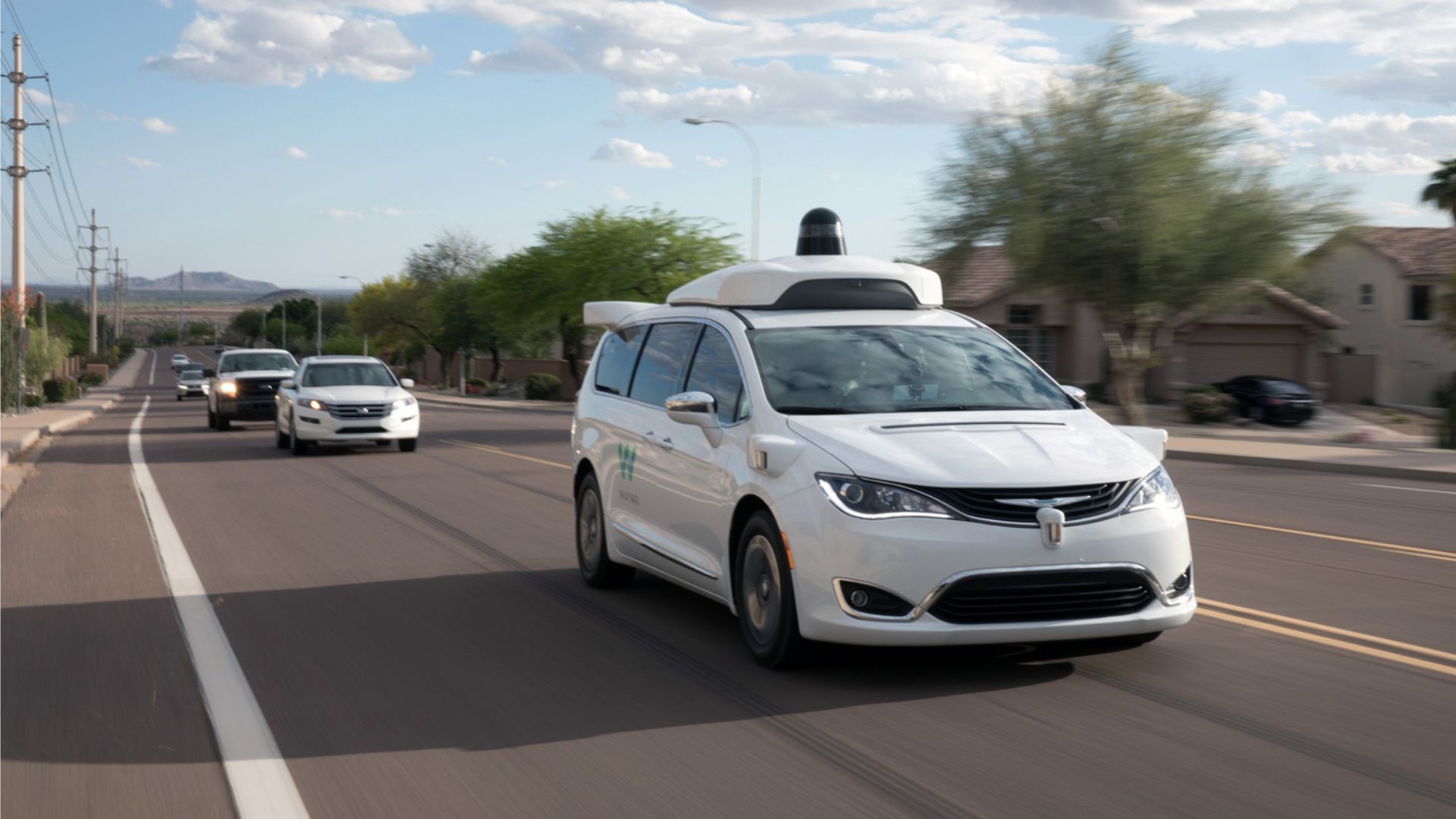Report on the Clover Meadow Solar Farm and its Contribution to Sustainable Development Goals
Project Overview and Strategic Alignment with Global Goals
The Clover Meadow Solar farm, a 7.3 MWdc community solar project developed by PureSky Energy in collaboration with Eden Renewables, has commenced full operations near Claverack, New York. The project is strategically designed to advance multiple United Nations Sustainable Development Goals (SDGs) by delivering clean, affordable electricity exclusively to Low- to Moderate-Income (LMI) households through the New York State Expanded Solar for All (ESFA) program. This initiative directly addresses the need for an equitable energy transition, ensuring that environmental and economic benefits are accessible to underserved communities.
Technical Specifications and Energy Production
The facility’s design and output capacity are significant contributors to regional clean energy targets and climate action objectives.
- Total Generation Capacity: 7,269 kWDC (7.3 MWdc)
- Solar Infrastructure: 13,338 high-efficiency solar panels
- Annual Electricity Production: Approximately 10.3 million kilowatt-hours (kWh)
- Community Impact: Sufficient to power an estimated 1,417 homes annually
Direct Contributions to Sustainable Development Goals (SDGs)
The Clover Meadow Solar project provides a tangible model for achieving key SDG targets through renewable energy infrastructure.
Advancing Social and Economic Equity (SDG 1, SDG 8, SDG 10)
A primary focus of the project is to reduce inequalities and alleviate poverty by making energy more affordable and stimulating local economic growth.
- SDG 1 (No Poverty) & SDG 10 (Reduced Inequalities): By operating as a 100% LMI-focused project under the ESFA program, the solar farm directly tackles energy poverty. It is projected to provide approximately $3.4 million in total electricity bill savings for enrolled customers, increasing the disposable income of households that face the greatest financial burdens. The community solar model eliminates the need for upfront investment or rooftop installations, removing significant barriers to clean energy access for LMI residents.
- SDG 8 (Decent Work and Economic Growth): The project supports the local economy through the creation of clean energy jobs during its construction and operational phases. Furthermore, it generates new tax revenue for the Claverack area, contributing to public services and local economic resilience.
Promoting Clean Energy and Climate Action (SDG 7, SDG 13, SDG 15)
The project’s core function is to expand renewable energy generation, mitigate climate change, and enhance local biodiversity.
- SDG 7 (Affordable and Clean Energy): Clover Meadow substantially increases the share of renewable energy in New York’s grid. By providing clean power to over 1,400 homes, it directly supports the transition away from fossil fuels and enhances the state’s energy independence and security.
- SDG 13 (Climate Action): The facility is estimated to reduce carbon dioxide emissions by nearly 14.9 million pounds over its lifespan. This quantifiable reduction in greenhouse gases represents a direct contribution to climate change mitigation efforts, aligning with both state and international climate goals.
- SDG 15 (Life on Land): The project incorporates environmental co-benefits beyond clean energy generation. The site features a pollinator-supportive landscape, which helps to protect and restore local terrestrial ecosystems and biodiversity. This demonstrates a holistic approach to sustainable development that integrates energy production with environmental stewardship.
Conclusion: An Integrated Model for Sustainable Community Development
The Clover Meadow Solar farm exemplifies a best-practice approach to community solar development. By intentionally structuring the project to serve LMI households, it ensures that the benefits of the clean energy transition are distributed equitably, directly supporting SDG 10 (Reduced Inequalities). The project successfully integrates objectives across the economic, social, and environmental pillars of sustainable development, contributing significantly to SDG 1, SDG 7, SDG 8, SDG 13, and SDG 15. It serves as a powerful example of how targeted renewable energy projects can create more resilient, equitable, and sustainable communities.
1. Which SDGs are addressed or connected to the issues highlighted in the article?
-
SDG 7: Affordable and Clean Energy
The article’s central theme is the operational launch of the Clover Meadow Solar farm, a project that generates clean electricity from solar power and makes it affordable, particularly for Low- to Moderate-Income (LMI) households.
-
SDG 1: No Poverty
By providing “guaranteed savings on their electricity bills” and an estimated “$3.4 million in total electricity bill savings,” the project directly addresses energy poverty and improves the financial stability of LMI households.
-
SDG 10: Reduced Inequalities
The project is explicitly designed to be “equitable and inclusive,” focusing 100% on LMI households. It aims to ensure that the benefits of the clean energy transition reach “communities that are often underserved,” thereby reducing economic and social inequalities.
-
SDG 13: Climate Action
The solar farm contributes directly to climate change mitigation by generating renewable energy and reducing greenhouse gas emissions. The article quantifies this impact, stating it will reduce “carbon dioxide emissions by nearly 14.9 million pounds.”
-
SDG 11: Sustainable Cities and Communities
The project enhances community resilience by creating a local, clean energy source. It also contributes to the local economy through “new tax revenue” and supports the creation of more “resilient and equitable energy systems” within the Claverack community.
-
SDG 8: Decent Work and Economic Growth
The article mentions that the project contributes to the local economy by “supporting clean energy job creation in the Claverack area” and generating “new tax revenue,” which fosters local economic growth.
-
SDG 15: Life on Land
The project incorporates environmental considerations beyond just clean energy, as it is “designed to be environmentally friendly, featuring a pollinator-supportive landscape,” which helps protect and restore terrestrial ecosystems.
2. What specific targets under those SDGs can be identified based on the article’s content?
-
SDG 7: Affordable and Clean Energy
- Target 7.1: Ensure universal access to affordable, reliable and modern energy services. The project focuses on providing “clean and affordable electricity” specifically to LMI households, directly addressing energy access and affordability for a vulnerable population.
- Target 7.2: Increase substantially the share of renewable energy in the global energy mix. The 7.3 MWdc solar farm, producing 10.3 million kWh annually, directly increases the proportion of renewable energy in New York’s energy supply.
-
SDG 1: No Poverty
- Target 1.4: Ensure that all men and women, in particular the poor and the vulnerable, have equal rights to economic resources, as well as access to basic services. The project provides LMI households with access to the basic service of electricity at a reduced cost, which increases their disposable income and access to economic resources.
-
SDG 10: Reduced Inequalities
- Target 10.2: Empower and promote the social, economic and political inclusion of all, irrespective of… economic or other status. The project’s 100% focus on LMI households and its mission to make the clean energy transition “equitable and inclusive” directly align with this target by promoting the economic inclusion of lower-income groups.
-
SDG 13: Climate Action
- Target 13.2: Integrate climate change measures into national policies, strategies and planning. The project is part of the “New York State’s Expanded Solar for All (ESFA) program” and supports the state’s “clean energy goals,” demonstrating the integration of climate action (promoting renewables) into regional strategies.
-
SDG 11: Sustainable Cities and Communities
- Target 11.6: Reduce the adverse per capita environmental impact of cities, including by paying special attention to air quality. The reduction of nearly 14.9 million pounds of CO2 emissions directly contributes to lessening the community’s environmental footprint and improving air quality.
-
SDG 8: Decent Work and Economic Growth
- Target 8.4: Improve progressively, through 2030, global resource efficiency in consumption and production and endeavour to decouple economic growth from environmental degradation. The project creates economic value (jobs, tax revenue) while reducing environmental harm (cutting emissions), demonstrating this decoupling.
-
SDG 15: Life on Land
- Target 15.1: Ensure the conservation, restoration and sustainable use of terrestrial and inland freshwater ecosystems and their services. The inclusion of a “pollinator-supportive landscape” is a direct action to conserve and support local terrestrial ecosystems.
3. Are there any indicators mentioned or implied in the article that can be used to measure progress towards the identified targets?
-
For SDG 7 (Affordable and Clean Energy)
- Indicator for Target 7.1: The number of households served (approximately 1,417 homes) and the total electricity bill savings provided ($3.4 million) serve as direct measures of providing affordable energy access.
- Indicator for Target 7.2: The renewable energy capacity added (7.3 MWdc) and the annual clean electricity generation (10.3 million kWh) are key indicators of the increased share of renewables.
-
For SDG 1 (No Poverty)
- Indicator for Target 1.4: The total financial benefit to LMI customers (“$3.4 million in total electricity bill savings”) is a quantifiable indicator of improved access to economic resources.
-
For SDG 10 (Reduced Inequalities)
- Indicator for Target 10.2: The proportion of project beneficiaries from a specific group (“100% LMI-focused project”) and the number of LMI households enrolled (~1,417) are indicators of progress in promoting economic inclusion.
-
For SDG 13 (Climate Action)
- Indicator for Target 13.2: The amount of greenhouse gas emissions reduced (“nearly 14.9 million pounds” of CO2) is a direct indicator of climate action.
-
For SDG 11 (Sustainable Cities and Communities)
- Indicator for Target 11.6: The reduction in CO2 emissions (14.9 million pounds) serves as a proxy for reducing the adverse per capita environmental impact of the community.
-
For SDG 8 (Decent Work and Economic Growth)
- Indicator for Target 8.4: The qualitative mention of “clean energy job creation” and “new tax revenue” are indicators of economic growth decoupled from environmental harm.
-
For SDG 15 (Life on Land)
- Indicator for Target 15.1: The implementation of a “pollinator-supportive landscape” is a qualitative indicator of action taken to conserve local ecosystems.
4. Table of SDGs, Targets, and Indicators
| SDGs | Targets | Indicators |
|---|---|---|
| SDG 7: Affordable and Clean Energy | 7.1: Ensure universal access to affordable, reliable and modern energy services. | Number of LMI households powered (~1,417); Total electricity bill savings ($3.4 million). |
| SDG 7: Affordable and Clean Energy | 7.2: Increase substantially the share of renewable energy in the global energy mix. | Generation capacity (7.3 MWdc); Annual electricity production (10.3 million kWh). |
| SDG 1: No Poverty | 1.4: Ensure… the poor and the vulnerable… have access to basic services… | Guaranteed savings on electricity bills for LMI households. |
| SDG 10: Reduced Inequalities | 10.2: Empower and promote the social, economic… inclusion of all… | Project is 100% focused on LMI households. |
| SDG 13: Climate Action | 13.2: Integrate climate change measures into national policies, strategies and planning. | Reduction in CO2 emissions (nearly 14.9 million pounds). |
| SDG 11: Sustainable Cities and Communities | 11.6: Reduce the adverse per capita environmental impact of cities… | Reduction in CO2 emissions (nearly 14.9 million pounds). |
| SDG 8: Decent Work and Economic Growth | 8.4: …endeavour to decouple economic growth from environmental degradation… | Creation of clean energy jobs; Generation of new tax revenue. |
| SDG 15: Life on Land | 15.1: Ensure the conservation, restoration and sustainable use of terrestrial… ecosystems… | Implementation of a pollinator-supportive landscape. |
Source: solarquarter.com







